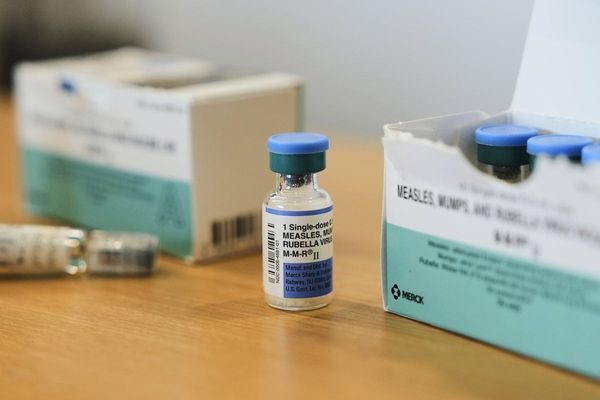
Manga artist Suiho Tagawa (1899-1989) was born in Honjo, the present-day Sumida Ward, Tokyo, and grew up in Koto Ward in the capital. After graduating from Nippon Art School, Tagawa began doing abstract paintings. He worked as a writer of rakugo stories, and then began a new serial titled "Private 2nd Class Norakuro" in the boy's magazine Shonen Kurabu published by Kodansha in 1931.
The 15-volume Norakuro series was completed about 50 years after its start, with interruptions due to World War II. It is said to be the first story manga in Japan. Exhibits at the Tagawa Suiho Norakuro Museum, located in Koto Ward, include original drawings for the Norakuro series, descriptive panels and a timeline of Tagawa's life.
The main character of the manga series is Norakuro, a stray dog known as Kurokichi. Kurokichi has no family and joins the Moken Rentai (Fierce dog troop), where he performs great deeds and has a successful career despite some blunders.

A frame depicting his holiday is exhibited in a panel. His fellows all return to their families' homes on leave, but Norakuro sheds tears of loneliness because he has no home to return to.
Tagawa, who lost his mother at the age of 1, saw himself in the character. After the installment was published, many children are said to have sent letters saying, "Norakuro, come to my home."
One of the exhibited items is an old stuffed Norakuro doll that Tagawa is said to have always crarried. Many products related to Norakuro, such as dolls and water pistols, were made, and the manga series is acknowledged as one of the first examples of character merchandising.

Many of these goods were produced without Tagawa's permission, but he tacitly approved them because they would help his manga series become better known.
The serial was suspended in 1941. Paper was short in supply in the war, so the government cut the paper quota for magazines whose sales fell below the previous month's levels. However, Shonen Kurabu was the only magazine whose sales did not decline. The Cabinet Intelligence Bureau then reportedly summoned Tagawa and told him to stop writing the serial, saying the government could save on printing paper only if Norakuro was not published.
In front of the museum is the Norakuro Square, a reading area with many famous manga comics and critical essays. Children spend their time here as they please, doing things like homework and playing portable games together. A full-body suit of Norakuro displayed at the museum entrance seems to be kindly watching over them.

-- Tagawa Suiho Norakuro Museum
After Suiho Tagawa died, his bereaved family donated his possessions to Koto Ward. The museum was opened in the ward's Morishita Culture Center in 1999. With subsequent donations from fans, the museum currently possesses several thousand items. Lectures about manga are held at the center, and many signatures of manga artists invited as lecturers are displayed.
Location: 3-12-17, Morishita, Koto Ward, Tokyo
Open: 9 a.m. to 9 p.m. (Closed on first and third Mondays, except for national holidays)
Admission: Free
Information: (03) 5600-8666
Read more from The Japan News at https://japannews.yomiuri.co.jp/







